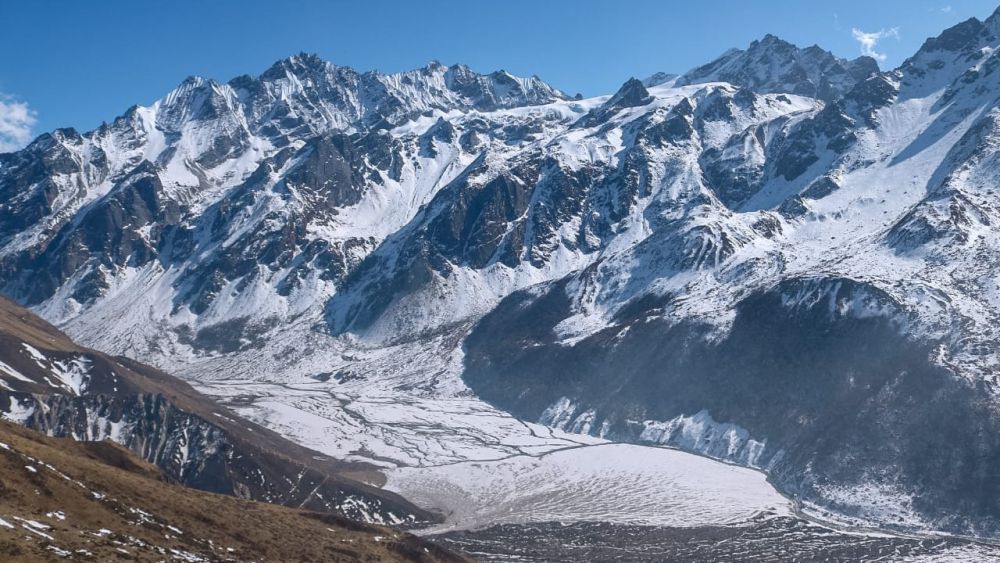

Established in 1976, Langtang National Park was the first national park designated in the Himalayan region of Nepal, and the fourth overall in the country. Situated approximately 51 kilometers north of Kathmandu, this park covers an area of 1,710 square kilometers and extends all the way to the border of Tibet.
The history of tourism in Langtang National Park is intertwined with the diverse cultural backdrop of the region, which includes the influence of Tibetan culture and the indigenous Tamang community. Initially, the area was not significantly popular among tourists due to the lack of infrastructure and its remote location. However, as trekking in Nepal gained popularity in the decades following the establishment of the park, Langtang became a sought-after destination for trekkers and nature enthusiasts.
Despite the challenges presented by the rough terrain and limited access, the park started to see a rise in visitors in the 1980s and 1990s. It was recognized for its unique biodiversity and stunning landscapes, offering a tranquil alternative to the busier treks in the Everest and Annapurna regions. The local communities began to see the economic benefits of tourism, which led to better conservation efforts and the development of trekking trails and lodges.
On April 25, 2015, a devastating earthquake struck Nepal, causing severe damage throughout the country, including in Langtang National Park. The Langtang Valley was one of the most affected areas, with numerous landslides and avalanches resulting in the tragic loss of lives and the destruction of many villages and teahouses. The rebuild process has been gradual, with the resilience of the local communities playing a critical role. By rebuilding trails and accommodations, they have striven to revive the region's tourism sector.
Nowadays, as trekking routes have been repaired and reconstructed, tourism in Langtang is once again flourishing, with an emphasis on sustainable practices and community-based tourism that supports local livelihoods.
In recent times, the trend in Langtang National Park has shifted towards more sustainable and responsible tourism practices. There has been an increased awareness and commitment to conservation efforts, with travelers seeking to minimize negative impacts on the natural environment and indigenous cultures. The concept of ecotourism has gained traction, with visitors engaging in activities that are both environmentally friendly and supportive of the local economy.
Community-based tourism is also growing in popularity, with trekkers opting to stay in community-run lodges and homestays, participating in local cultural experiences, and contributing to the region’s social and economic development. Travelers are increasingly looking for authentic experiences that allow them to connect with local traditions and ways of life.
Another emerging trend is the rise in popularity of off-season trekking. Tourists are beginning to venture into Langtang during the monsoon and winter months to avoid the crowds and experience different aspects of the region’s climate and culture. These shifts reflect a broader global trend towards more conscious travel, where the quality of the experience and the positive impact on the destination are given priority over simply checking off bucket list items.